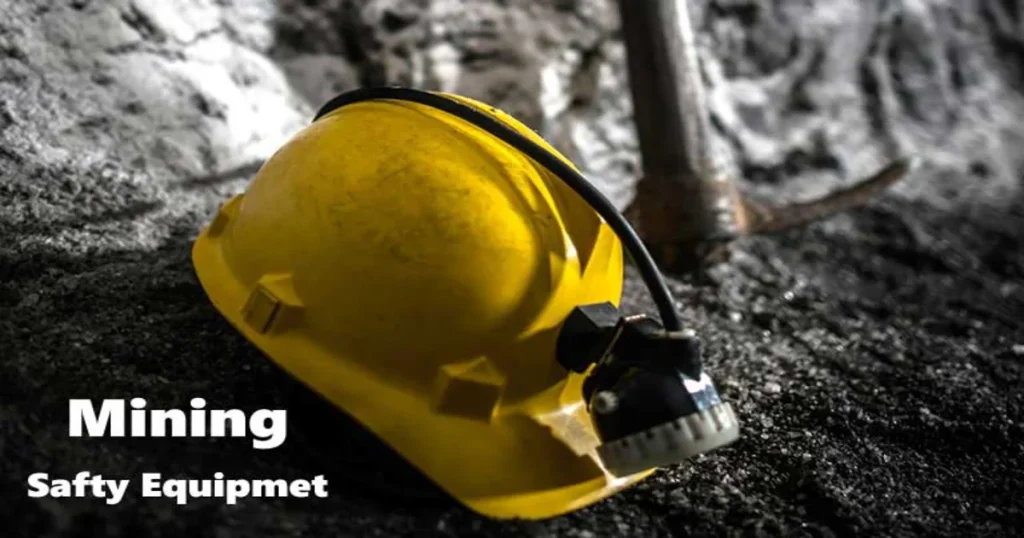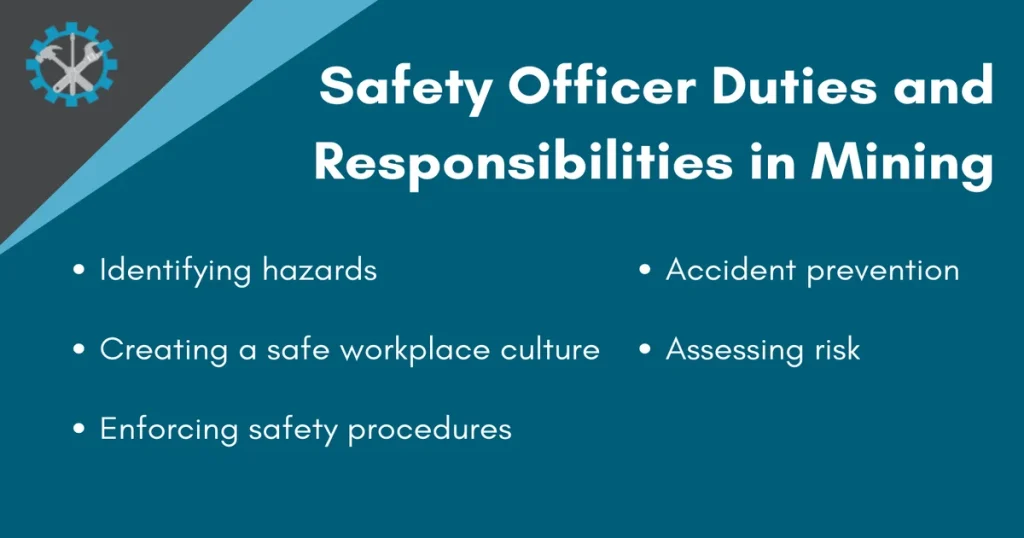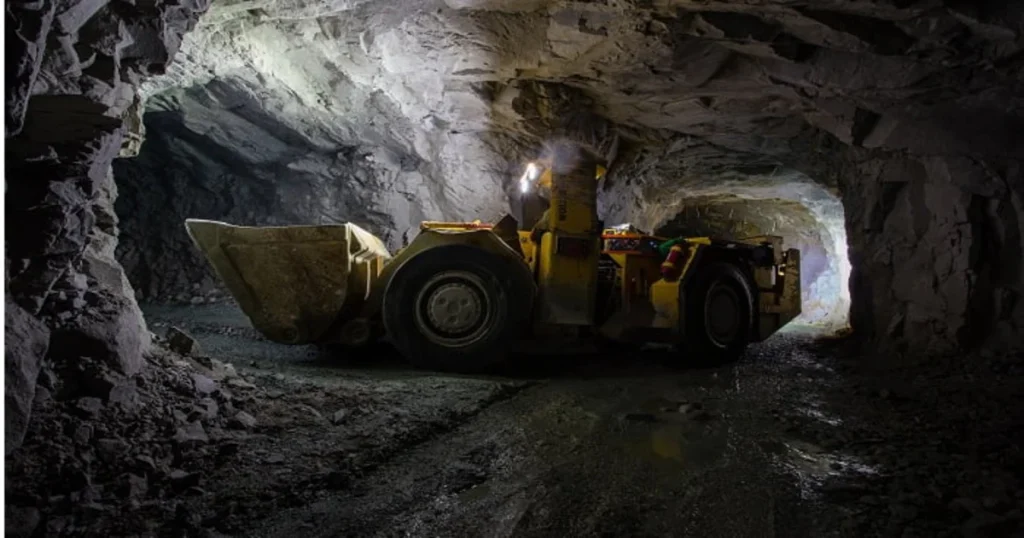Safety has always been a paramount concern in mining industries across the world, and Prescott’s mining industry is no exception. With its rich history and significant contributions to the economy, it’s essential that safety measures in Prescott’s mining industry are not only effective but also continually updated.

The success of the industry hinges not just on its output but on the well-being and security of its workforce.
Historical Perspective of Safety in Prescott’s Mining
Mining has been the lifeline of Prescott for a long time. Over the years, it has not only fueled its economy but also shaped its culture. However, the journey has had its share of bumps and bruises. Understanding the historical perspective provides insights into the advancements and lessons learned.
The early days of mining in Prescott were marked by excitement, opportunities, and certainly, significant risks. Men and women ventured deep into the earth, armed with hope, determination, and rudimentary tools. In these nascent stages, safety often took a backseat as the lure of precious minerals dominated the collective psyche.
Early Mining Days: Challenges and Learnings
During the initial days, mining was primarily a manual endeavor. With limited tools and technology, miners relied heavily on physical strength and intuition. This approach, while effective for its time, also exposed miners to a plethora of risks, including cave-ins, gas exposures, and machinery-related mishaps. These early experiences were instrumental in highlighting the pressing need for more systematic safety protocols.
With each incident, the mining community in Prescott became more aware, gathering knowledge and iterating upon their practices. It was a community effort, where every miner’s experience contributed to the larger pool of shared wisdom.
The Evolution of Safety Protocols Over the Years
As the years rolled on, the approach to mining safety underwent a significant transformation. The introduction of new technologies, a better understanding of the subterranean environment, and lessons from past mishaps all played a crucial role.
The Mine Safety and Health Administration chronicled this evolution, underscoring the importance of adapting and learning.
Legislative Measures
In the modern era, safety isn’t just a concern; it’s a mandate. Legislative measures form the bedrock upon which the modern safety standards of Prescott’s mining industry stand. These laws and regulations ensure that every stakeholder, from miners to mining corporations, understands and adheres to the required safety norms.
The government’s role in this is unequivocally clear: to ensure the welfare of its citizens. Mining, given its inherent risks, requires meticulous oversight. Through legislative frameworks, the government sets the gold standard, pun intended, for safe mining operations.
Overview of Mining Safety Regulations
Over the decades, a series of laws and regulations have been crafted to address the unique challenges of the mining sector. These range from equipment standards to operational protocols and even miner welfare programs.
A prime example is the initiatives by OSHA (Occupational Safety and Health Administration), which has been at the forefront of ensuring occupational safety across various industries, including mining.

The Role of the Government in Ensuring Compliance
Regulations, while essential, are effective only when enforced. The government, recognizing this, has established mechanisms to ensure strict adherence to safety guidelines. Regular inspections, penalties for non-compliance, and rewards for outstanding safety records are tools in the government’s arsenal to keep the mining industry in check.
This dynamic ensures a balance between industrial progress and the safety of the individuals powering that progress.
Technological Innovations in Safety
The advent of technology has been a boon for the mining industry, particularly in the realm of safety. Advanced machinery, automated systems, and real-time monitoring tools have all converged to make mining operations in Prescott safer than ever before.
Modern miners are better equipped, both in terms of knowledge and tools. They step into the mines backed by a robust technological framework designed to safeguard their well-being and enhance efficiency. The technological wave isn’t just about efficiency; it’s about creating a protective envelope around the brave souls venturing deep beneath the earth.
Advancements in Monitoring Equipment
Gone are the days when miners had to rely solely on their senses and instincts. Today’s mines are studded with state-of-the-art monitoring equipment. These devices, ranging from gas concentration sensors to structural stability indicators, are the eyes and ears of the modern mine.
They continually gather data, offering insights that were previously impossible to obtain. Websites like Mining Technology provide insights into such cutting-edge developments.
The Revolution of Automated Safety Systems
The role of automation in modern mining cannot be overstated. Automated systems have taken over tasks that were previously deemed risky. With machines handling the heavy lifting in potentially hazardous zones, human exposure to risks has drastically reduced.
Moreover, these automated systems come with their own set of monitoring tools, ensuring that any malfunction or anomaly is immediately flagged.
Geotechnical Measures
One of the most intricate aspects of mining is understanding and maneuvering through the geological challenges it presents. After all, every mine is unique, with its own set of geological parameters. This is where geotechnical measures come in, ensuring that mines are not just productive but also safe.
Diving deep into the earth requires a profound understanding of its composition. It’s not just about finding the right spot to dig but ensuring that every move made underground is calculated, measured, and safe. Geotechnical studies form the backbone of these decisions.
Rock Mechanics and Stability Analysis
The study of rock mechanics goes beyond just understanding the type of rock. It delves deep into how rocks behave under varied conditions – be it stress, pressure, or any external force. Stability analysis, an offshoot of rock mechanics, aims to ensure that the mine remains intact and safe.
Leading institutions, like those discussed in geotechnical engineering journals, continually push the boundaries of this knowledge.

Ground Support and Reinforcement Techniques
Safety in mines is as much about proactive measures as it is about reactive ones. Ground support techniques, like bolting and meshing, ensure that the mine’s structure remains secure. In the face of unexpected shifts or movements, these reinforcements provide the necessary support, preventing collapses.
Innovative methods like shotcrete application, which is concrete conveyed through a hose and pneumatically projected at high velocity onto a surface, are modern additions to this suite of techniques.
Hazard Identification and Management
No matter how advanced or safe mining operations become, the possibility of hazards will always linger. The key lies not in completely eliminating these hazards but in identifying and managing them effectively.
Being prepared is half the battle. In the context of mining, this preparation hinges on the ability to foresee hazards and have protocols in place to manage them.
Regular Hazard Assessment Protocols
It’s a constantly evolving process. With each mining expedition, new challenges may arise. Through regular hazard assessments, these challenges are identified well in advance, ensuring there’s enough time to strategize.
Following guidelines from trusted sources like The National Institute for Occupational Safety and Health (NIOSH) ensure that these assessments are comprehensive and effective.
Mitigation Strategies for Identified Risks
Once a hazard is spotted, the next step is containment and mitigation. This could mean anything from evacuating a specific mine section, reinforcing structural components, or enhancing ventilation.
The emphasis is on rapid and efficient action, minimizing the risk to human lives and ensuring continuity in operations.
Health and Air Quality Management
A mine’s atmosphere can be a cocktail of various elements. Ensuring that this atmosphere remains conducive to human health is paramount. After all, what’s a mine without its miners?
Beyond the immediate risks posed by cave-ins or equipment malfunctions, there’s the silent and often overlooked threat of long-term health issues. Here’s where health and air quality management steps in.
Ensuring Clean Air Underground
Ensuring breathable air within the depths of a mine is a multifaceted challenge. It’s about ventilation, regular air checks, and having purification systems in place.
Modern mines are equipped with systems that continually monitor air quality, flagging anomalies instantly. The objective is clear – every breath a miner takes underground should be as fresh and pure as the one on the surface.
Monitoring Miners’ Health and Well-being
A miner’s health is intrinsically linked to the environment they work in. Regular health check-ups, vaccination drives, and nutritional programs ensure that miners remain at the peak of their health.
This holistic approach, focusing on both mental and physical well-being, ensures that miners are equipped to handle the rigors of their profession.
Emergency Response and Preparedness
In the unpredictable environment of a mine, emergencies can arise without warning. When they do, every second counts. It’s about having the right systems, equipment, and trained personnel in place to tackle any crisis.
Emergency response isn’t just about reaction; it’s about anticipation. Being prepared for the worst, even while hoping for the best, is the mantra.
The Importance of Swift Action
During emergencies, the time between the onset of a crisis and the initial response can often determine the outcome. Whether it’s rescuing trapped miners, tackling fires, or managing equipment malfunctions, swift action is crucial.
This underlines the importance of regular drills, ensuring that every individual knows their role during a crisis.
Training and Equipment
An emergency response is only as good as the people managing it and the tools they wield. Regular training sessions ensure that the response team is always ready.

Similarly, ensuring that they have access to the latest rescue equipment, from breathing apparatuses to communication tools, is pivotal. Resources like Emergency Management provide insights into best practices and equipment standards.
FAQs:
In this section, we will be delving into some of the most common inquiries and curiosities that surround our topic.
How frequently are safety protocols updated in Prescott’s mines?
Safety protocols undergo regular reviews and are updated based on new findings, technological advancements, and feedback from the ground.
What role do miners play in shaping safety measures?
Miners are at the forefront of operations, and their feedback is invaluable. They provide on-ground insights, which are crucial in refining safety measures.
Are there any programs to support miners’ mental health?
Yes, recognizing the challenging environment miners operate in, there are dedicated programs to support their mental well-being.
How has technology impacted the frequency and severity of accidents in Prescott’s mines
Technological advancements have significantly reduced both the frequency and severity of accidents in Prescott’s mines. Improved monitoring equipment, automation, and enhanced communication tools have all played a role in creating a safer environment.
Do mining companies collaborate on safety initiatives in Prescott?
Yes, mining companies often collaborate on safety initiatives, sharing best practices and pooling resources to tackle shared challenges. This collaborative approach has been instrumental in driving industry-wide improvements in safety standards.
Conclusion
Prescott’s mining industry, with its rich heritage, has always been a blend of challenges and innovations. Safety, in this context, is a journey, not a destination. It’s about learning, adapting, and evolving.
Through a combination of legislative measures, technological innovations, and community-driven initiatives, the mines of Prescott stand as a testament to human resilience and ingenuity.
Ensuring safety in these mines is more than just a regulatory mandate; it’s a commitment to every individual who ventures deep into the earth, searching for treasures hidden within.



Leave a Comment
You must be logged in to post a comment.